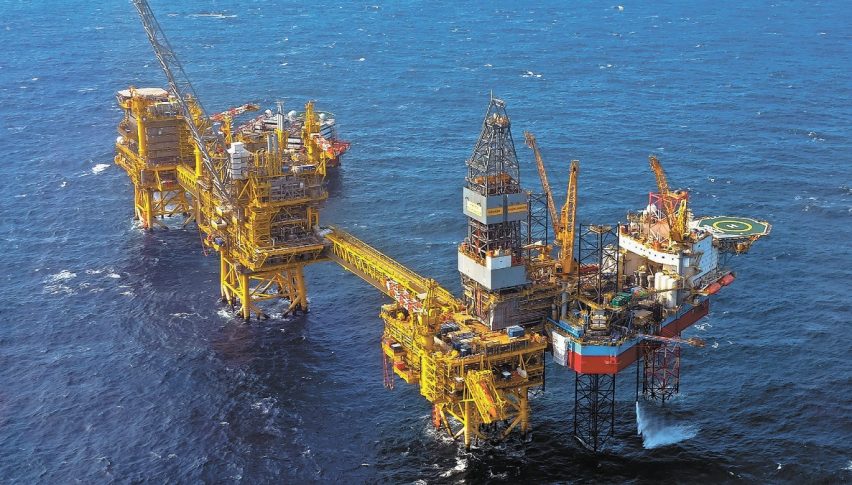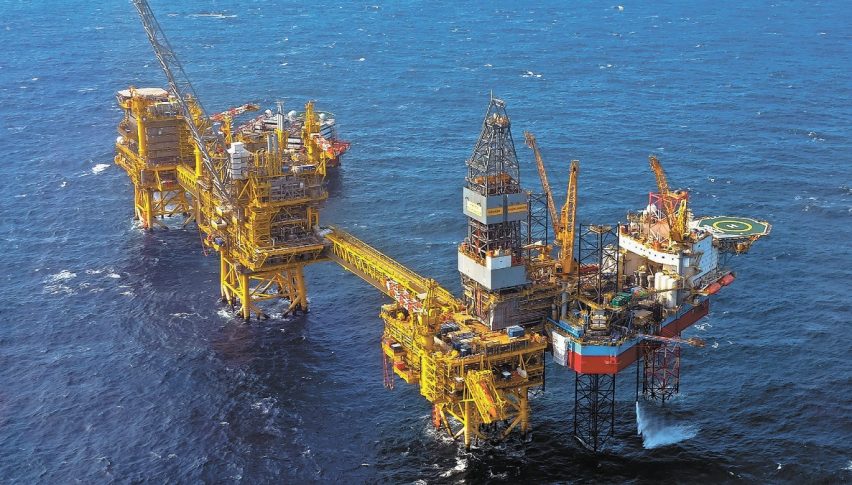Oil Prices Climb 4% for the Week, Focus Shifts to Iran and Israel
Global investors are stockpiling dollars and betting on heightened volatility as two critical weeks unfold leading up to the U.S. elections on November 5.

Late reports of conflict between Israel and Iran emerged on Friday, though no further details were available. In after-market trading, both WTI and Brent crude prices continued to rise.
After weeks of heightened tension, Israel launched an attack on Iran early Saturday (local time), the Israeli military confirmed.
At least five explosions were reported near Tehran, Iran’s capital, and the city of Karaj. Simultaneously, strikes were carried out on the capitals of Iraq (Baghdad) and Syria (Damascus), further intensifying regional instability.
The attack marks a significant escalation in the volatile Middle East landscape, raising concerns about potential disruptions to global oil supplies. Markets are expected to react sharply when trading resumes, with investors likely shifting toward safe-haven assets such as the U.S. dollar and gold amid rising geopolitical uncertainty.
Oil prices closed the week with gains of around 4%, as investors weighed the ongoing Middle East conflict, ceasefire talks, and the potential impact of next month’s U.S. elections.
Brent futures rose $1.67 (2.25%) to $76.05 per barrel, while U.S. West Texas Intermediate (WTI) gained $1.59 (2.27%) to $71.78 per barrel. Both benchmarks have experienced significant fluctuations throughout the week, rallying on Monday and Tuesday before retreating on Wednesday and Thursday, largely reflecting shifting risk expectations in the Middle East.
Markets remain in limbo as investors await answers regarding the evolving geopolitical situation, particularly Israel’s response to an October 1 missile attack from Iran, which could escalate tensions and threaten Tehran’s oil infrastructure.
Adding to the uncertainty, investors are also monitoring Chinese stimulus policies, although analysts caution that these measures are unlikely to provide a substantial boost to oil demand.
In the run-up to the U.S. elections, investors face a packed calendar, with elections in Japan, rate decisions from three major central banks, and the unveiling of the new U.K. government budget.
Goldman Sachs reaffirmed its Brent price forecast of $70-$85 per barrel for 2025, citing the limited impact of Chinese stimulus compared to more critical factors, such as Middle Eastern supply. Similarly, Bank of America projected Brent to average $75 per barrel in 2025, assuming OPEC+ maintains its production cuts without reversal.



